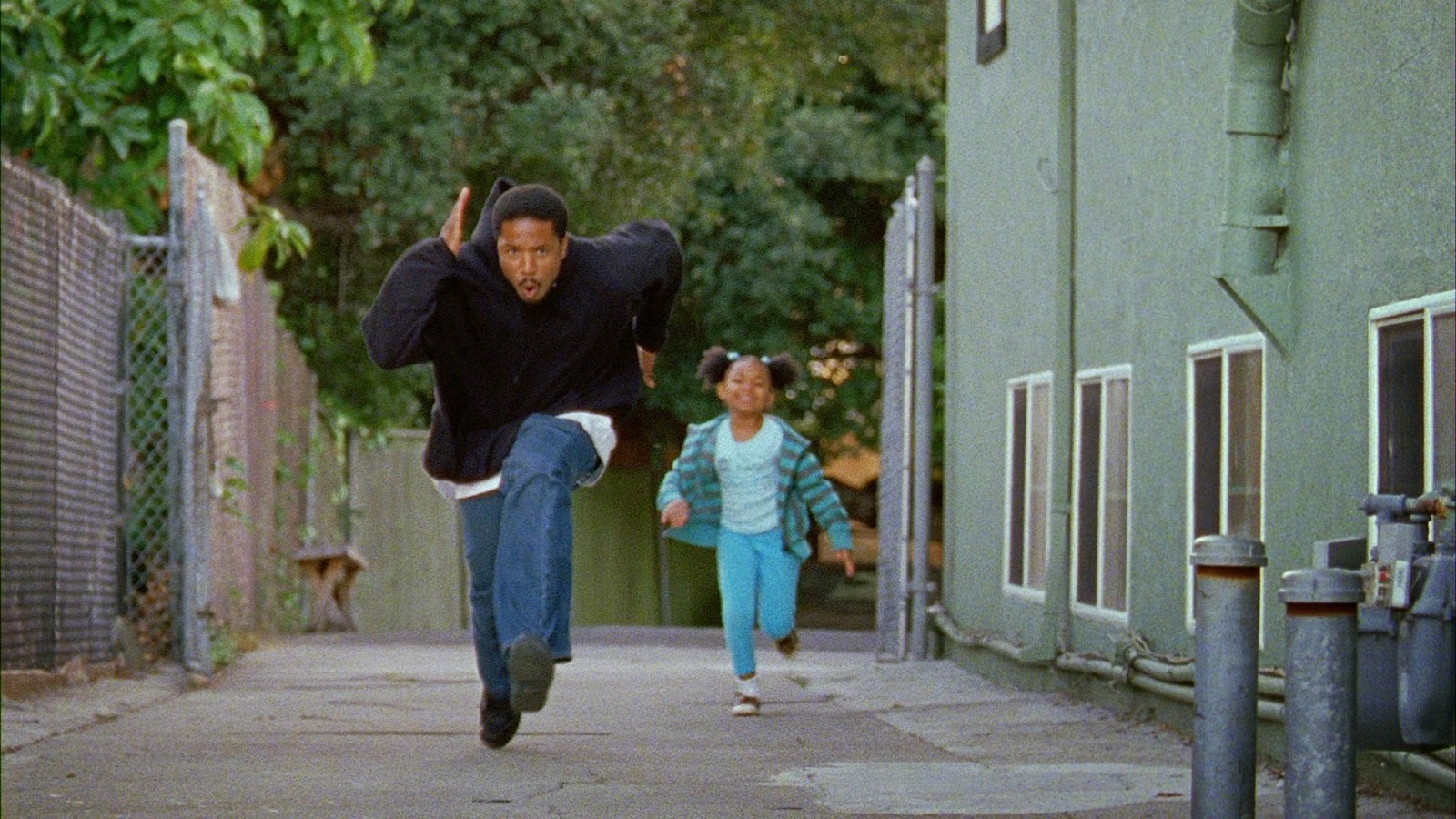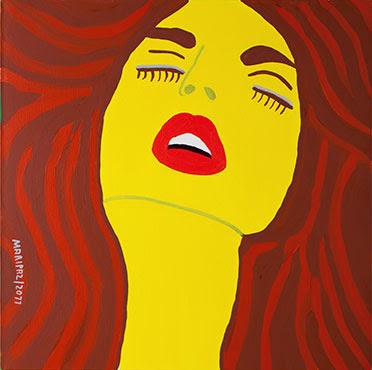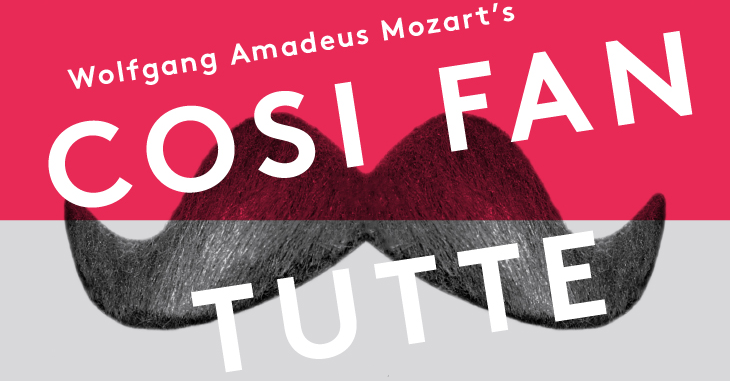In grainy iPhone footage we watch cops wrestle a handcuffed man to the ground and shoot him in the back. The camera wobbles as the crowd lets out a collective gasp of disbelief. This is the murder of Oscar Grant III, a young black man shot dead by a cop early on New Years Day 2009. The release of this footage on Youtube led to protests and riots, the execution serving as a catalyst for years of seething resentment against institutionally racist police officers.
In developments which won't come as a surprise to any Londoner, the BART police immediately threw up a smokescreen of misinformation, claiming that Grant was trying to assault them, that officers risked being "bruised" by him, and of course it logically follows then that on some level he deserved to be executed in cold blood. Eventually, after successfully arguing that he merely intended to taser Grant and grabbed the wrong weapon, the cop in question was convicted (by an all white jury) of the lesser crime involuntary manslaughter, spending just 11 months in prison before being released on parole.
How much is the life of a young black man worth in the USA? By the looks of things, not much. The 22 year old Oscar Grant worked a series of low paid, menial jobs, had a young child by his girlfriend and had served a prison sentence for small time drug dealing; a depressingly familiar blueprint for the urban working class. What Fruitvale Station sets out to do is explain exactly why a life like Grant's is important, and underline the tragedy of the killing of the common man.
That Grant simply had the misfortune to be in front of the wrong cop at the wrong time means his story is necessarily mundane; Coogler repeatedly underlining the notion that Oscar Grant could be any young black man in California. This means that much of the film is consciously down-to-earth - a domestic existence free of melodrama and narrative. It takes some courage to make a film that, at times, is consciously boring, but crucially this is boring with a point.
Even boring with a point can still try your patience on occasion, but fortunately Coogler has a great lead actor in Michael B. Jordan. This is a multi-layered performance with a number of things going on at once. First and foremost, Jordan has to make Grant into a sympathetic figure. It's not enough to simply tell us how much his family cares for him and expect us to follow, the character has to earn the audience's respect. Jordan does this by showing us a man in deep self reflection; we can almost see the cogs turning inside his head as he analyses what's wrong with his life and tries to figure out how he can pull himself out of his rut. More prosaically, Fruitvale Station also shows us tiny, simple acts of kindness from Grant; helping out a woman with a fish fry recipe in a supermarket, successfully negotiating the use of a bathroom for a pregnant woman or cradling a dying dog in the street.
It'd be disingenuous for the film to hang a halo on Grant's head, presenting him as some innocent lamb being led to the slaughter, so we also see his less attractive side. But here, most notably in a powerful flashback to his mother visiting him in prison, we see the violence in his life as a symptom of social infantilisation. Discrimination and economic torpor all combine to subtly remind Grant that he is worth less to society than most.
For the most part the film sticks with this low-key, consciously aimless urban drama, spending a pleasant day with Grant as he arranges his mother's birthday party and carries out various domestic chores. From an audience perspective though, the passing of time over this casually normal day is tinged with impending disaster. Having opened with footage his death, we know that every step Grant takes moves him closer to his grave. As we see the pieces begin to fall into place; the tiny decisions being made that will ensure his death we feel a dreadful gravity sucking us down; a chaotic whirlpool with Grant's bloody body dead centre.
When the final turns of the screw are being tightened it's almost unbearable and in a flash the night transforms. The editing picks up pace as we close in on the bestial faces of spit-flecked cop chins as they bark "nigger" at their captives. In their dead eyes we see no flash of humanity: as they force the men's faces down into the concrete there's only the dull boredom of routine. These are men who speak in a vocabulary of brutality; they converse with the slap across the jaw, the punch to the guts, the grinding of teeth against rough asphalt. This is sadism on autopilot, guided largely by muscle memory. It's only when the gunshot goes off that they finally remember they are dealing with a human being, the whipcrack echo jolting them out of their programmed modes of dealing with black men. As if seeing Grant for the first time they try to comfort him, rubbing salt into Grant's wounds - the tragedy of a man dying while staring into the apologetic eyes of his oppressors.
Fruitvale Station is undoubtedly propagandist. It's an angry, personal film about the victimisation and discrimination of young black men, crystallised around the short, abruptly and unjustly terminated life of Oscar Grant. Undoubtedly it warps the truth - I have no idea if the actual Oscar Grant bore any resemblance to Williams' portrayal of him - but these crticism are essentially pointless. The police oppress, harass and sometimes kill black man, and they often get away with it. In these times well-made, smart and conscientious propaganda like Fruitvale Station isn't only correct, it's necessary.
★★★★
Edge of Tomorrow is on general release from May 30th.
- See more at: http://www.londoncitynights.com/2014/05/edge-of-tomorrow-2014-directed-by-doug.html#sthash.pEKJ80Qu.dpuf★★★★
Fruitvale Station is on general release from June 6th
★★★★
Edge of Tomorrow is on general release from May 30th.
- See more at: http://www.londoncitynights.com/2014/05/edge-of-tomorrow-2014-directed-by-doug.html#sthash.pEKJ80Qu.dpuf★★★★
Edge of Tomorrow is on general release from May 30th.
- See more at: http://www.londoncitynights.com/2014/05/edge-of-tomorrow-2014-directed-by-doug.html#sthash.pEKJ80Qu.dpuf★★★★
Edge of Tomorrow is on general release from May 30th.
- See more at: http://www.londoncitynights.com/2014/05/edge-of-tomorrow-2014-directed-by-doug.html#sthash.pEKJ80Qu.dpuf★★★★
Edge of Tomorrow is on general release from May 30th.
- See more at: http://www.londoncitynights.com/2014/05/edge-of-tomorrow-2014-directed-by-doug.html#sthash.pEKJ80Qu.dpuf★★★★
Edge of Tomorrow is on general release from May 30th.
- See more at: http://www.londoncitynights.com/2014/05/edge-of-tomorrow-2014-directed-by-doug.html#sthash.pEKJ80Qu.dpu























































